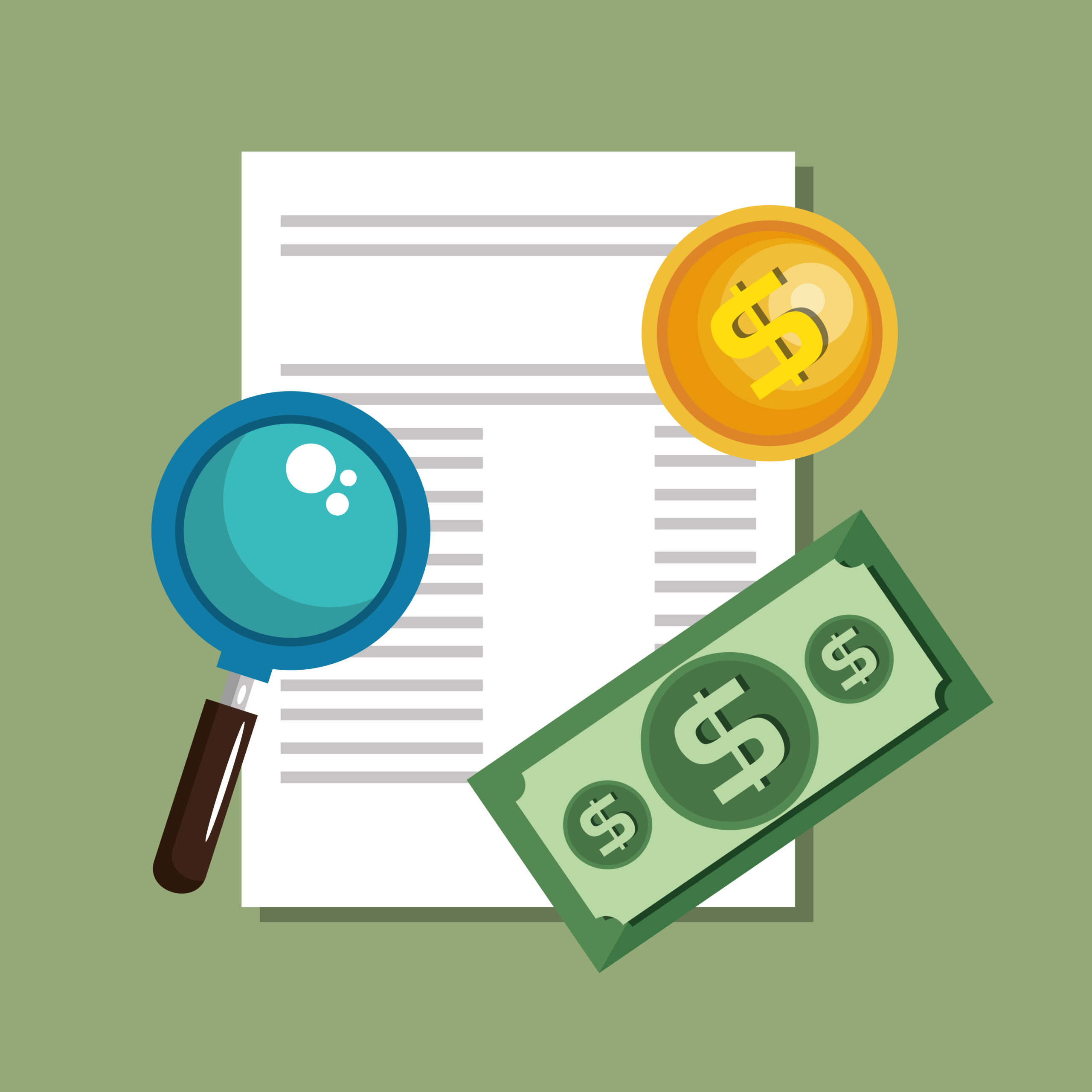Prevue recently tapped Innov8 Meeting & Events’ Cheryl Payne to learn some innovative cost-saving tips.
Cost-saving tips are a perennial hot topic for meeting and event planners. But it’s heated up even more now as meeting and event planners continue to see meeting-related costs climb as their budgets stagnate or even are peeled back as uncertainty continues to roil their supply chains.
Prevue recently tapped into the expertise of Cheryl Payne, CMM, Strategic Partner at Innov8 Meetings & Events, to learn the latest cost-saving strategies. Payne, who has been a meetings and hospitality professional for nearly two decades, specialized in meeting management support services, strategic meeting management, contract strategy — and budget and cost-saving techniques.
“My focus every day is figuring out ways to save our customers money,” she says. Here are some ways to do just that.
Prevue: What are some of the easiest and/or least painful ways to save costs?
Payne: The number one thing is to focus on the room rate and come to the table with all your potential spend as a group.
It all must start with a discussion with your venue’s sales manager. They have the ear of the revenue manager at the property, who are the ones who can determine the rates the sales managers can offer to groups staying at their hotel. The revenue manager’s job is to maximize profitability and hotel revenues, but they may not necessarily have all the details. Is this a repeat group? How much business has your organization done with the brand? What other ancillary spend are you going to provide the hotel? While planners would like to make their case to the revenue manager directly, getting a conversation with a revenue manager is like trying to get a conversation with the President of the United States. The sales manager is the middleman.
Give your sales manager all that information so they can share it with the revenue manager, who otherwise would just be pumping out a rate. Your due diligence isn’t over once you reach an agreement, however. For example, a group I worked with recently was told that, because they were repeat customers and because they gave the property continued business, they would not increase the room rates by more than 5% year over year. I created my own year-over-year rate calculator, punched in the numbers and found that the hotel was actually charging us a 7% year-over-year room rate increase. You have to fact check and do the math.
If you’re not booking the same hotel year over year, reference a similar hotel in the same destination to do a year-over-year increase comparison.
Prevue: What about food and beverage and audiovisual (AV)? Those are two areas that are perennially large portions of most meeting budgets.
Payne: I always try to get flat pricing on F&B and AV. Groups I work with tend to create their budgets around what pricing is like now, not one, two or three years out, so I have the hotels guarantee flat pricing on the menu, and also cap a year-over-year menu and AV pricing increase.
Prevue: Is that generally an easy negotiation to have?
Payne: It can be a sticky one. Hotels are not going to just offer it up to you, and they don’t want to give them to you easily. You have to be willing to work for it.
Prevue: How do you decide what a fair year-over-year increase percentage should be?
Payne: It depends on the group and the event, but I’d say anywhere from 3% to 6% on room rates. Food and beverage is a bit trickier, but I’d say between 4% and 7%. The hotel is not going to agree to something that’s way out of line, but I would focus on negotiating this type of percentage year-over-year increases to cap expenses in the future.
Prevue: Does it make sense to also include a year-over-year decrease percentage?
Payne: That’s generally a non-issue, but we do include what we call an economic clause in our contracts to address re-evaluating everything from our sleeping room rates to menu pricing in the event of an economic shift downward, while also putting tight parameters around potential price increases.
See part 2 of this conversation to learn more about how to negotiate fees and surcharges, additional tips on negotiating AV, and more.
You May Also Be Interested In…
Exclusive: Pro Cost-Saving Tips, Part 2
Contracts: Read Before You Sign
Questions to Ask to Avoid Surcharge Surprises
Image designed by studiogstock/Freepik












